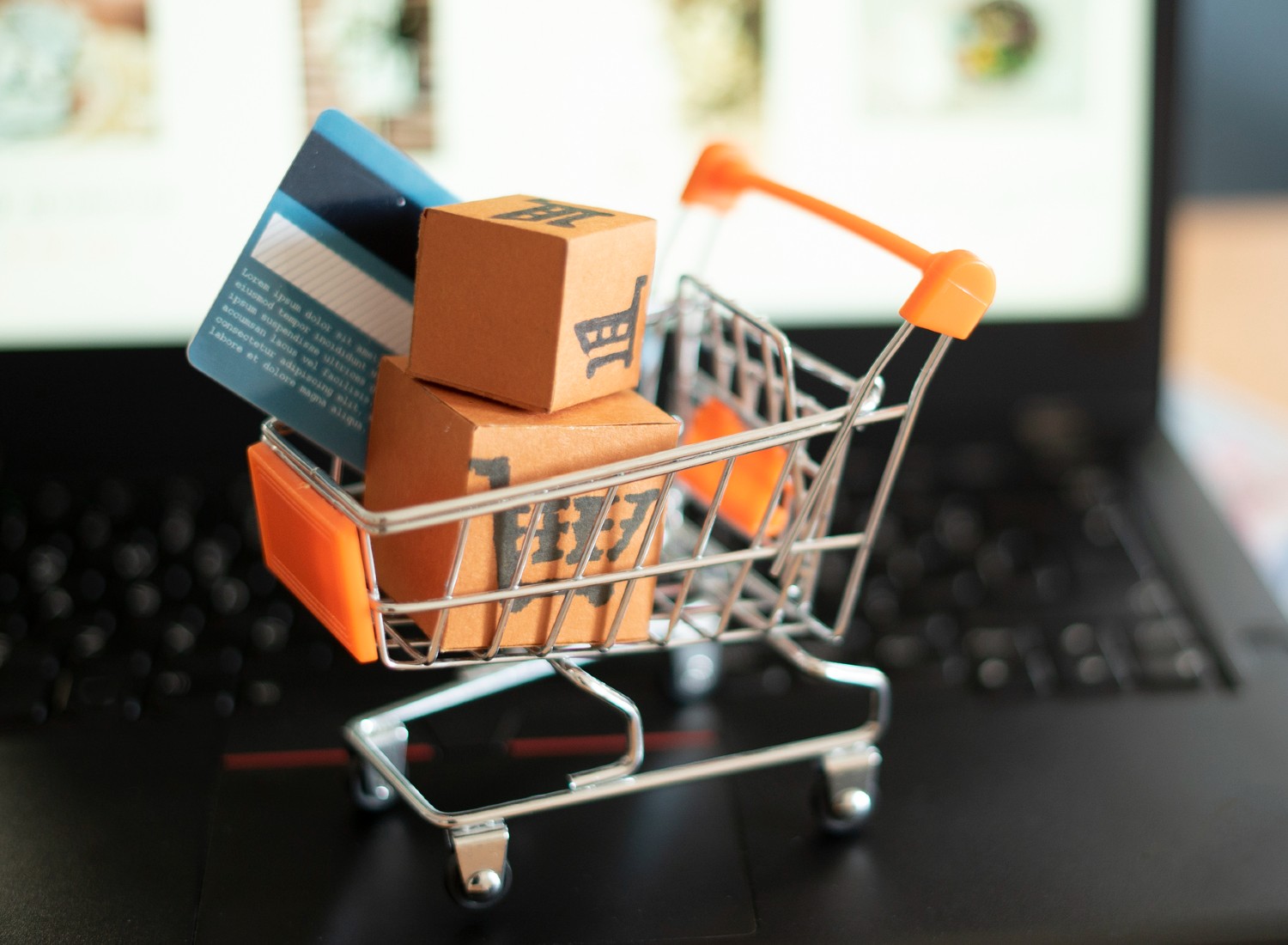
Everyone knows that Amazon is one of the most powerful e-commerce platforms, but did you know there’s a way to take your listings to the next level? It’s called external traffic, and it’s the secret to reaching new customers, increasing sales, and boosting your rankings. In this post, we’ll share our top tips for maximizing your reach and driving external traffic to your Amazon listing.
You’ll discover how to use social media, search engine optimization, influencer marketing, and advertising campaigns to increase your visibility and grow your audience. Implementing these strategies can be daunting, but don’t worry – we’ll walk you through every step of the way.
Article Contents
PPC (Pay-Per-Click) and SEM (Search Engine Marketing) campaigns are one of the easiest ways to generate external traffic quickly. These campaigns involve targeting specific keywords related to your product or service and creating ad copy that entices potential customers to click through and visit your Amazon listing. It’s important to keep track of your ads’ performance to ensure that you’re getting a return on investment for your efforts.
Social media platforms such as Facebook, Instagram, and TikTok provide an excellent platform for engaging customers and driving external traffic back to your Amazon listing. On these platforms, you can post informative content about your product or service, answer customer questions, announce new promotions or discounts, share reviews from past customers, and promote any limited-time offers.
Mobile advertising can be especially effective at driving external traffic since most people are now using their smartphones daily. To take advantage of this trend, create campaigns on various mobile advertising networks such as Google Adwords or Bannerflow that directly target mobile users with relevant ads that link back to your Amazon listing.
Localized campaigns can be an effective way of increasing exposure for certain products in specific geographic areas. You can create targeted campaigns that focus on smaller cities or regions to reach customers who are more likely to be interested in what you are offering and convert them into paying customers.
Another effective way of increasing reach is through influencer marketing — this involves partnering with popular influencers who have a large social media following. You can then offer them incentives in exchange for promoting your product on their channels which can result in increased sales for you.
Visual content such as videos and infographics can engage customers and increase the reach of your product’s listing on Amazon. The internet is overflowing with written content, and most users have very short attention spans. Creating eye-catching visuals is a great way to stand out and get your ad recognized.
To measure the progress of your external traffic campaigns, it’s important to track data using analytics apps like Google Analytics. This will allow you to measure the success of each campaign individually and see exactly how much ROI (return on investment) each one is providing for you. This type of data will provide valuable insight into which campaigns are performing well so that you can optimize those that are not performing as well.